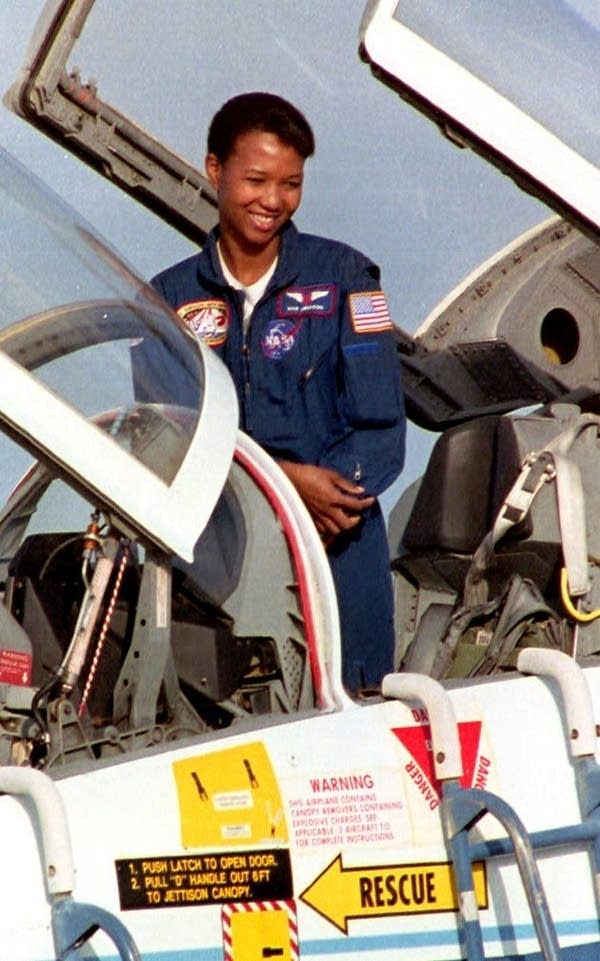Radiation, space travel, dinosaurs: Six fascinating books on women scientists

Science Mission Specialist Mae Jemison prepared to climb out of her T-38 training jet after arriving at the Kennedy Space Center in early September 1992. A few days later, she became the first African-American woman to fly in space, on board the space shuttle Endeavour.
Robert Sullivan | AFP/Getty Images 1992
Go Deeper.
Create an account or log in to save stories.
Like this?
Thanks for liking this story! We have added it to a list of your favorite stories.


